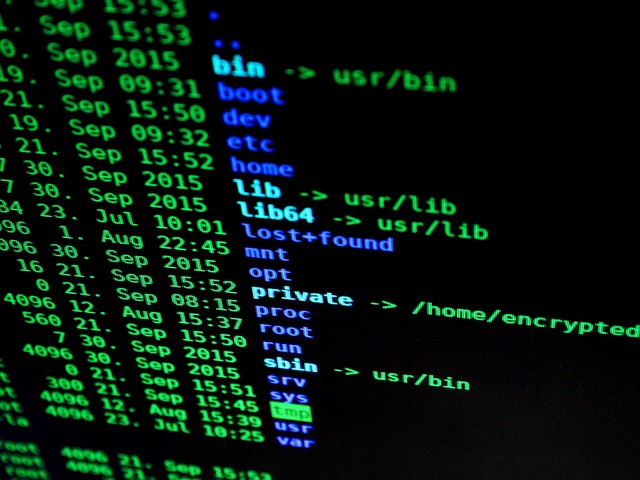Cyber security has become a critical concern in today&8217;s interconnected world, where digital threats and attacks pose significant risks to individuals, businesses, and governments. This article delves into the multifaceted landscape of cyber security, exploring its importance, key challenges, preventive measures, and the evolving role of technology in protecting digital assets.
Introduction to Cyber Security
Cyber security encompasses strategies, technologies, and practices designed to protect computer systems, networks, and data from unauthorized access, cyber attacks, and data breaches. As digital transformation accelerates across industries, the need for robust cyber security measures has never been more crucial.

Importance of Cyber Security
- Protection of Confidential Information: Cyber security safeguards sensitive data, such as personal information, financial records, and intellectual property, from theft and unauthorized disclosure.
- Preservation of Business Continuity: Effective cyber security measures ensure the continuous operation of critical business processes and services, mitigating the impact of cyber incidents on productivity and revenue.
- Mitigation of Financial Losses: Cyber attacks can result in significant financial losses due to theft of funds, ransom payments, regulatory fines, and legal fees associated with data breaches and compliance violations.
- Protection of Reputation: A successful cyber attack can damage an organization&8217;s reputation and erode customer trust, leading to long-term consequences for brand integrity and market competitiveness.
Key Challenges in Cyber Security
- Sophisticated Cyber Threats: Malware, ransomware, phishing attacks, and advanced persistent threats (APTs) continue to evolve in complexity and sophistication, posing challenges to traditional defense mechanisms.
- Human Factor: Human error, negligence, and insider threats contribute to vulnerabilities in cyber security defenses, highlighting the importance of user awareness training and adherence to security best practices.
- Rapid Technological Advancements: The proliferation of IoT devices, cloud computing, and AI-powered technologies introduces new attack surfaces and complexities in securing interconnected systems and digital ecosystems.
- Regulatory Compliance: Organizations must navigate a complex landscape of data protection laws and industry regulations (e.g., GDPR, CCPA) to ensure compliance and avoid legal repercussions related to data breaches.

Preventive Measures in Cyber Security
- Risk Assessment and Management: Conduct regular risk assessments to identify vulnerabilities, prioritize threats, and implement controls to mitigate risks effectively.
- Endpoint Security: Deploy robust endpoint protection solutions, such as antivirus software, firewalls, and intrusion detection systems (IDS), to secure devices and prevent unauthorized access.
- Network Security: Implement network segmentation, encryption protocols (e.g., TLS/SSL), and access controls to protect data in transit and safeguard against network-based attacks.
- Employee Training and Awareness: Educate employees on cyber security best practices, phishing awareness, and incident response procedures to reduce the human factor in cyber attacks.
Emerging Technologies in Cyber Security
- Artificial Intelligence (AI) and Machine Learning: AI-powered algorithms can enhance threat detection, anomaly detection, and predictive analytics to proactively identify and respond to cyber threats in real time.
- Blockchain Technology: Blockchain offers decentralized and immutable storage of data, enhancing security and transparency in transactions, digital identities, and supply chain management.
- Zero Trust Architecture: Zero Trust principles advocate for continuous verification of identities, strict access controls, and micro-segmentation to prevent lateral movement by attackers within networks.
- Biometric Authentication: Biometric technologies, such as fingerprint scanning and facial recognition, provide stronger authentication methods than traditional passwords, reducing the risk of unauthorized access.

Conclusion
Cyber security remains a dynamic and evolving field, shaped by technological advancements, regulatory changes, and emerging threats. Organizations must prioritize proactive cyber security measures, including robust defense strategies, continuous monitoring, and resilience planning, to safeguard their digital assets and maintain trust in an increasingly interconnected world. By staying informed about cyber security trends, adopting a risk-based approach to threat management, and fostering a culture of cyber resilience, businesses and individuals can effectively mitigate cyber risks and navigate the complexities of the digital landscape with confidence.